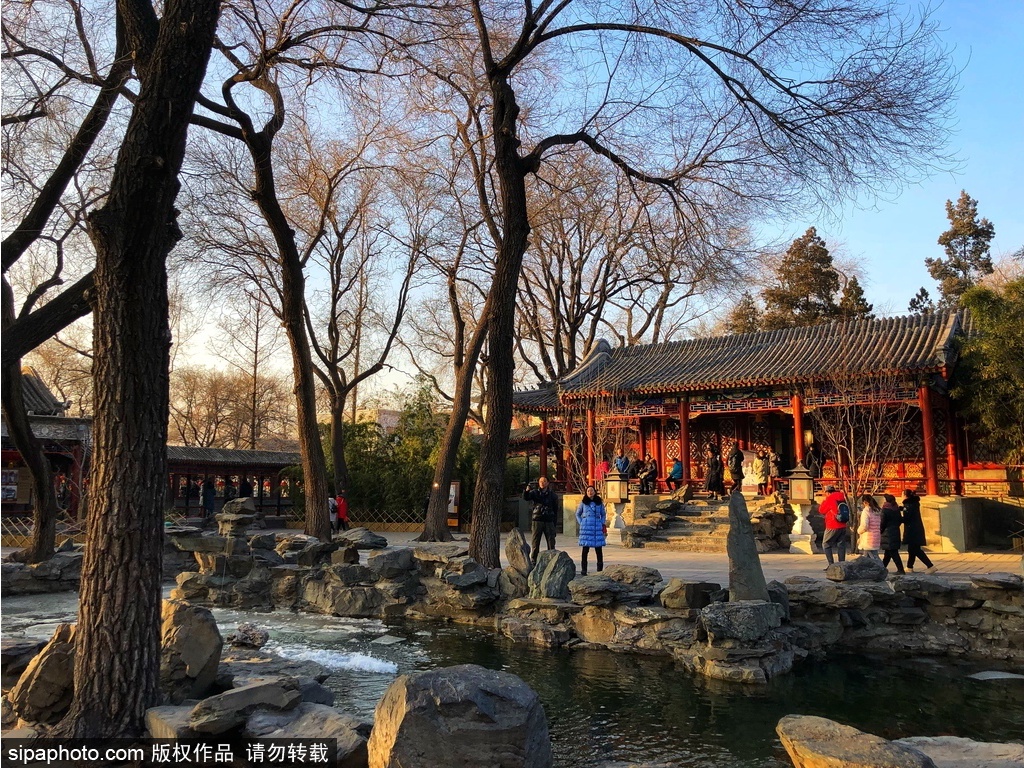
Rating:AAAAA
Key Words:Hutong,Museum,
Prince Gong's Mansion is the most well preserved mansion in Beijing
Admission: 40 RMB,Free for children under 1.2 meters (3.9 feet).
Opening Hours: 8:30-17:00; stop ticketing at 16:10
Phone: +86 10 83288149
Best Time to Visit: Spring and Autumn
Recommended Time for a Visit: 2 Hours
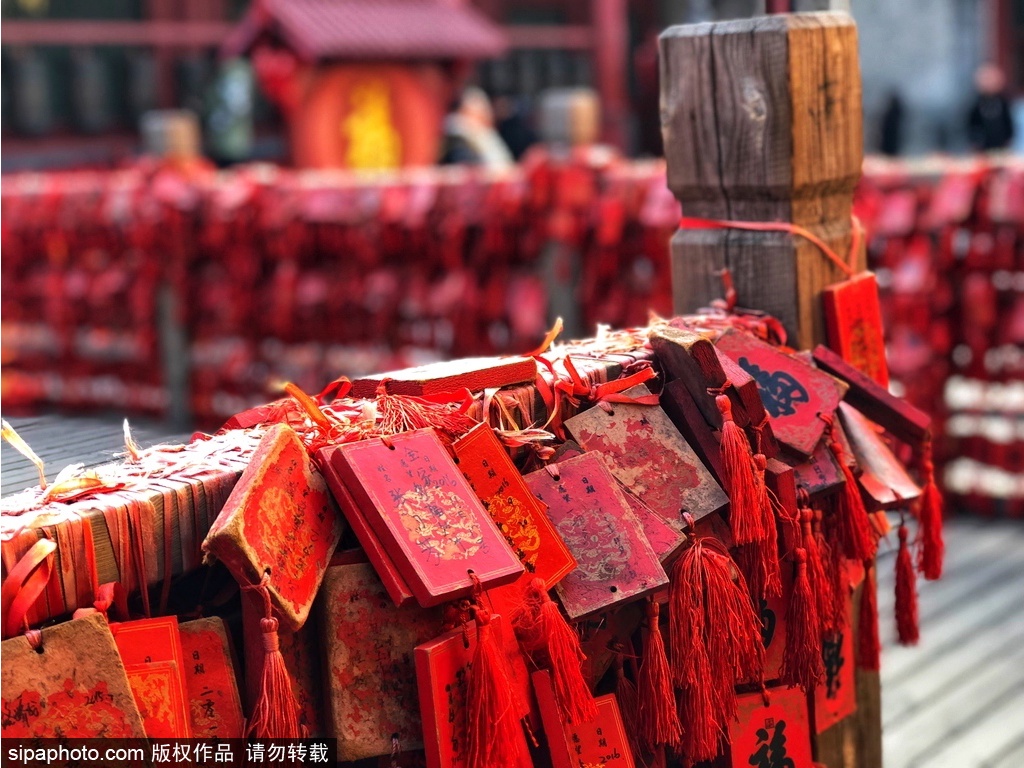
Description
Prince Gong's Mansion, also known as Prince Kung's Mansion, is located near Shichahai to the northwest of the Forbidden City in Beijing. It consists of large siheyuan-style mansions and gardens and is one of the most exquisite and best-preserved imperial mansions in Beijing.
The mansion buildings are located in the south; the gardens are in the north. The buildings include several siheyuan courtyards, two story buildings, and a grand Beijing opera house. Some of the courtyards house permanent exhibitions on the history of the mansion as well as temporary art exhibitions.
In addition to the mansion, there is a 28,000-square-metre garden, with 20 scenic spots, pavilions, artificial hills including rock originating from the Lake Tai in Jiangsu, and ponds.
Originally constructed for Heshen, an official highly favored by the Qianlong Emperor, it was later renamed after Prince Gong, a Manchu prince and influential statesman of the late Qing dynasty, who inhabited the mansion in the late 19th century. There are three luxurious treasures in Mansion, Xiyangmen in the garden, stele carved with the Chinese letter called ‘Fu’, which means fortune, and Great Drama Building indoor.
Two stone lions guard the main gate, and magnificent buildings stand to the fore of the mansion, with an elegant garden at the rear. On the wall of the main hall hangs a plaque inscribed with three characters "Bao Guang Shi" in the calligraphy of Emperor Xianfeng. The buildings at the forefront of the mansion are on three axes, and apart from a two-story building consisting of ninety-nine and half rooms, all are in the traditional style. Duofu Study is on the eastern axis, and its structure is in the Ming style. On each of the two side axes are four courtyards, the second courtyard on the western axis being strikingly spacious. In the third courtyard, called Xijin Studio, there is a seven-roomed, exquisitely furnished hall. All the beams and pillars are made of nanmu, and its sandalwood partitions are reminiscent of those found in Ningshou Palace in the Forbidden City. Between the buildings and the rear garden there stands a 165-meter-long two-story building.
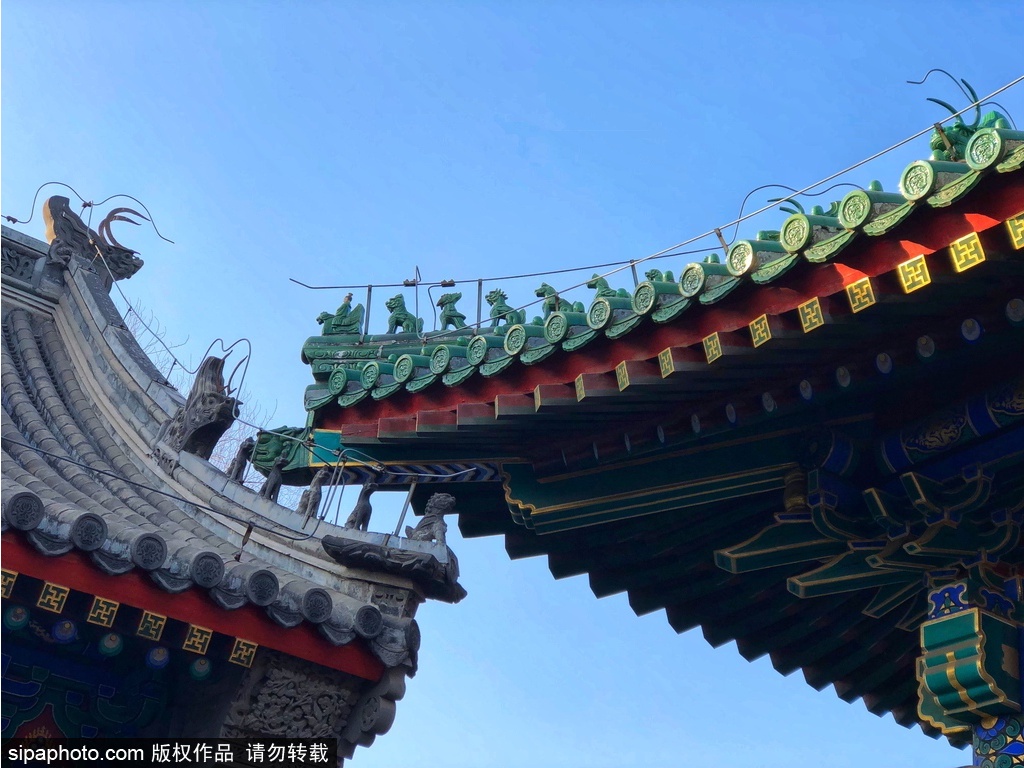
The garden in Prince Gong's Mansion is named Cuijin, meaning concentrated cream of the most beautiful flowers, and to this day it lives up to its name. The garden covers 28,000 square meters, and is surrounded by man-made hills on four sides. The main peak, constructed from Taihu rocks, is in the north. The garden has an arched stone gate in typical Western architectural style, and upon entering the garden, one can see the five-meter high Dule Peak, which is a rock procured from Lake Tai in southern China. Behind it is the Bat Pond (Bat is a homonym of happiness in Chinese). Beyond the pond stands the Anshan Hall and opposite, at the center of the garden, is a hill bearing a stone tablet inscribed with the Chinese character "fu" (happiness) in the calligraphy of Emperor Kangxi (1662-1723). Behind the hill are masterpieces of garden architecture, with more than 20 scenic spots. In addition to its artificial hill, trees, flowers, pavilions and terraces, the garden also contains the unique feature of its own theater. This theater is lofty and spacious, with subtle lighting, and on its walls Chinese wisteria and green leaves are painted, giving the audience the feeling they are sitting beneath trellises. The floor is paved in pseudo-gold brick, and the seats consist of old-fashioned wooden armchairs furnished with square tables. The performers and the audience are in close proximity, so there is no need for audio amplifying equipment. Here, people can enjoy kunqu, Peking Opera and imperial music, a unique experience full of Qing historical significance.
Featured Attractions: The Peking opera house inside the mansion not only stages Beijing opera performances, but also other prominent forms of Chinese opera as well. In August 2008, the Kunqu performance group from the "Jiangsu Kunqu House" performed at the Prince Gong Mansion for a week's run with their program Floating Dreams.
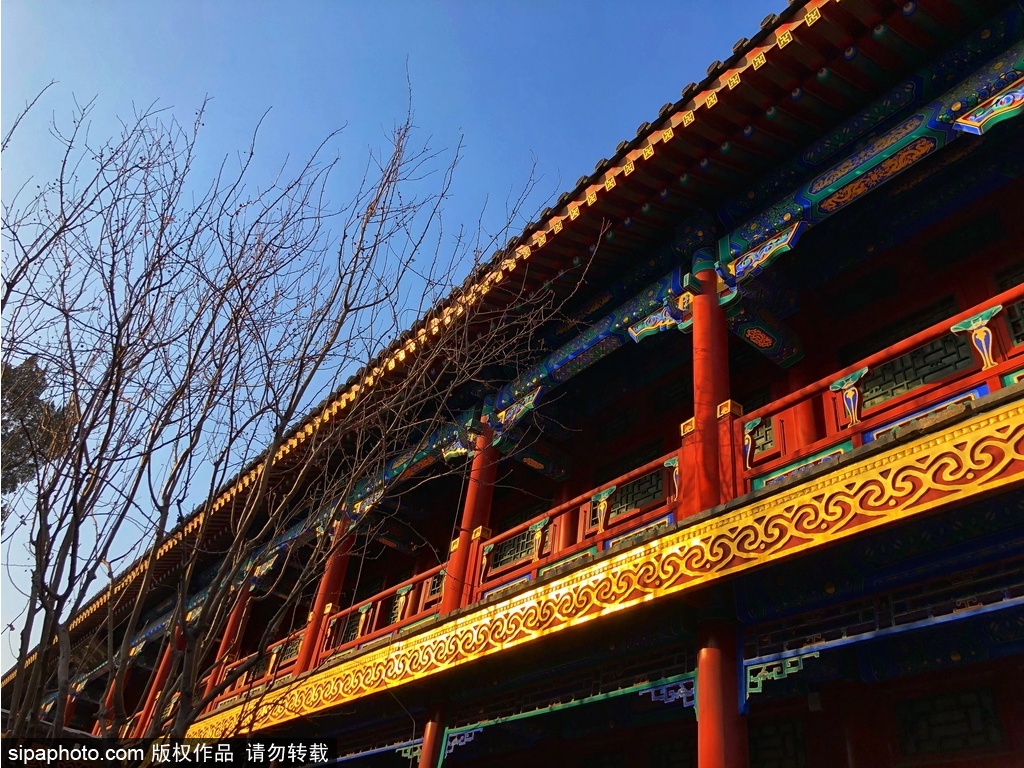
History
Prince Gong's Mansion was constructed in 1777 during the Qing dynasty for Heshen, a prominent court official in the reign of the Qianlong Emperor infamous for being the most corrupt official in Chinese history.
From a young age, Heshen earned the favor of the Qianlong Emperor and rose swiftly through the ranks in the imperial administration to become one of the top and wealthiest officials in the imperial court. In 1799, the Jiaqing Emperor, successor to the Qianlong Emperor, accused Heshen of corruption and had him executed and his property confiscated. The mansion was given to Prince Qing, the 17th and youngest son of the Qianlong Emperor.
In 1851, the Xianfeng Emperor gave the mansion to his sixth brother, Prince Gong, whom the mansion is named after.
In 1921, after the collapse of the Qing dynasty, Prince Gong's grandson, Puwei, offered the property as a mortgage to the
Order of Saint Benedict of the Catholic Church. The Benedictines invested significant resources into restoring the dilapidated mansion for use as a university. It was then known as Furen Catholic University until the priests were deported from China in 1951. During the Cultural Revolution, the mansion was used by the Beijing Air Conditioning Factory until it experienced a revival in the 1980s. In 1982, it was declared a Major Historical and Cultural Site Protected at the National Level in Beijing. Since November 1996, the buildings and the gardens have become a tourist attraction. Renovation works on the mansion were completed on 24 August 2008 during the 2008 Summer Olympics in Beijing.
Structure of the compound
Prince Gong's Mansion is one of the most exquisite and best-preserved imperial mansions in Beijing and used to house several families, and has a total area of 60,000 square meters.
The mansion buildings are located in the south; the gardens are in the north. The buildings include several siheyuan courtyards, two story buildings, and a grand Peking opera house. Some of the courtyards house permanent exhibitions on the history of the mansion as well as temporary art exhibitions.
In addition to the mansion, there is a 28,000-square-meter garden with 20 scenic spots, pavilions, artificial hills including rock originating from the Lake Tai in Jiangsu, and ponds. There is an eight-meter-long stele which bears the Chinese character 福 (fú: lit "fortune") based on the calligraphy of the Kangxi Emperor.
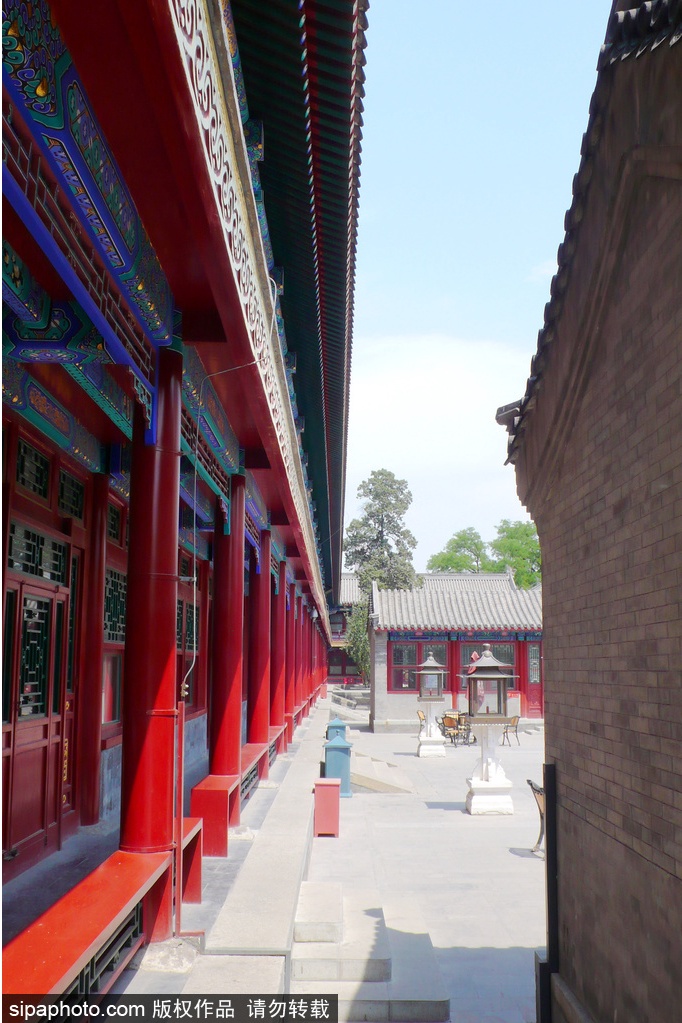
Restoration works and future
Since 2005, the mansion has undergone renovation worth 200 million yuan.
In November 2006, restoration works started on the buildings. The mansion reopened as "Prince Kung's Mansion" on 24 August 2008.
It showcases the lives of Manchu nobles and aspects of the Qing dynasty.
The Beijing opera house inside the mansion not only stages Beijing operas, but also other prominent forms of Chinese opera. In August 2008, the kunqu performance group from the "Jiangsu Kunqu House" performed their program Floating Dreams at Prince Gong's Mansion for a week. It is included on the World Monuments Fund's 2018 list of monuments at risk.
Scenic spots
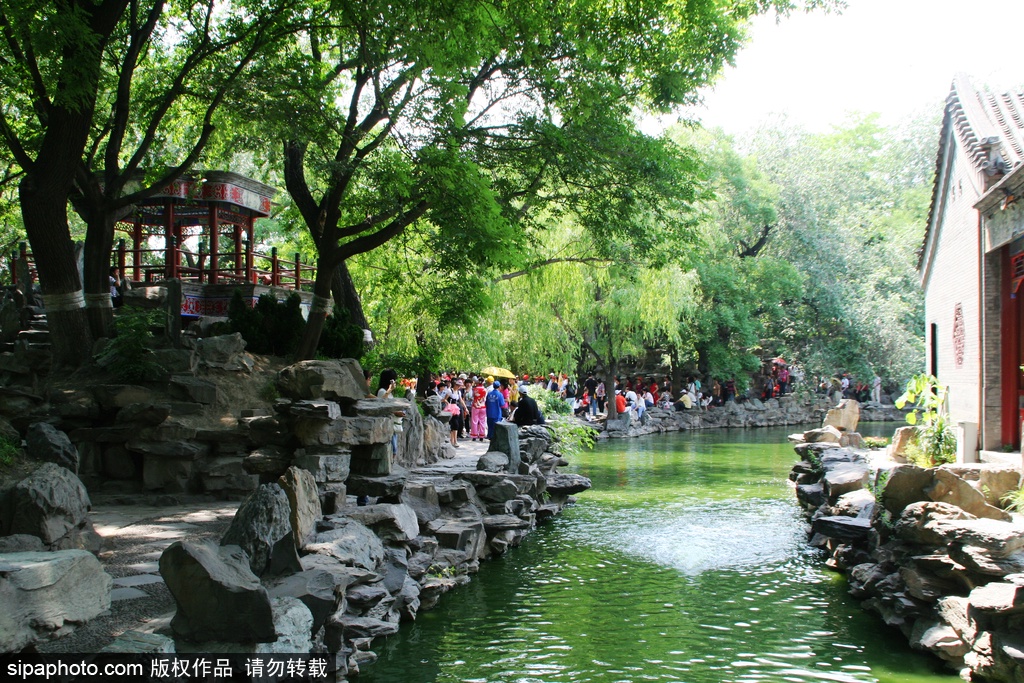
The mansion was constructed around the year 1777 and was originally the private residence of Heshen. A member of the imperial guard, the handsome and intelligent twenty-five year old Heshen came to the attention of the Qing Dynasty Emperor Qianlong (1736-1796). Before long Heshen was promoted to positions normally occupied by the most experienced officials, including those controlling finance and the appointment of civil servants; thus enabling him to acquire great wealth. The aging Qianlong did nothing to curb Heshen's corruption but his successor, Emperor Jiaqing (1796-1820), had Heshen executed and his property, which was assessed at over 800 million ounces of silver, was confiscated. The mansion was passed to Prince Qing in 1799. Eventually Emperor Xianfeng (1851-1862) transferred the ownership to Prince Gong and it is his name that was to become that of the mansion.
The dwelling is a traditional courtyard mansion of a style that was so popular in imperial Beijing. The complex covers a total area of 60,000 square meters (14.9 acres). Just over half of the Prince Gong Mansion is the residential portion, while the remainder is devoted to an ornamental garden to the rear.
The living quarters stand within three sets of courtyards occupying a central, eastern and western situation. The main, central section comprises the major hall, a rear hall and an extended pavilion that has some 40 rooms. The construction and materials used are similar to those of the Ningshougong (Palace of Tranquil Longevity) in the Forbidden City. Each of the western and eastern sections contains three smaller courtyards. These grand and exquisite buildings are a poignant reminder of the pageantry and splendor that was so much part of China's imperial past.

The garden, surrounded by artificial mountains, is known as Jincui Yuan, and is of high standing on account of its layout and distinct design. It covers an area of 28,000 square meters (6.9 acres) and includes twenty scenic spots, each widely different from the others. The entrance via a cavern brings you into a spacious yard. A high but graceful rockery at the center point greets you. There are mountain peaks, ponds, caves, studies and pavilions distributed throughout the garden. The 'Western-Style Gate,' the 'Grand Theater House' and the 'fu' Stele to be found in the garden are referred to as the 'Three Uniqueness in the Prince Gong's Mansion'.
The Western-Style Gate is a perfect harmonization of the western style with ancient Chinese carvings. The timber built Grand Theater House is to be found in the eastern part of the garden with a collection of old-time pavilions standing beside it. It has withstood more than 100 years of northern China's changeable weather and still stands firmly. The Beijing Opera, Kunqu Opera and selections of royal music are performed on the spacious and traditionally decorated stage each day.
Arriving in the center of the garden, you will be absorbed by the artificial hills. The stele was placed in a cave. The Chinese character 'fu' carved on the about 8-meter-long stele is a copy of the Emperor Kangxi's (1622-1723) handwriting. Besides, there are other absorbing sightseeing spots such as Liubei Kiosk, Anshan Hall, Dule Peak, and Yaoyue Platform, etc.
As the Palace of Prince Gong, the mansion is a place really worthy of a visit and you can be assured that every aspect puts the culture and life style of the Imperial China's elite into perspective. It has been open to the public as an all-round museum designed to exhibit the royal mansion life in the Qing Dynasty.
Traffic routes
By Bus:
Take bus 3, 13, 42, 107, 111, 118, 612, 701 or Tourist Bus Line 3, and get off at Beihai Bei Men (Beihai North Gate) Station. After that, walk west for 2 minutes and turn north to Sanzuoqiao Hutong. Walk north for about 5 minutes, you will get to Prince Gong's Mansion.
By Subway:
Take Subway Line 6 to Beihai North and leave from Exit B. After that, walk north along Sanzuoqiao Hutong for 5 minutes, you will see it.



